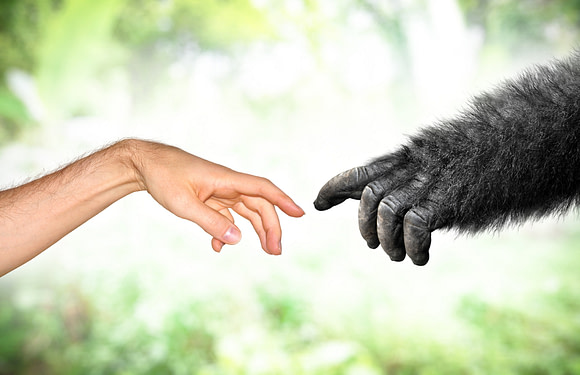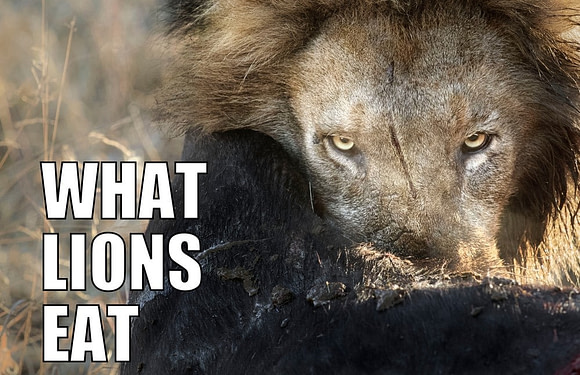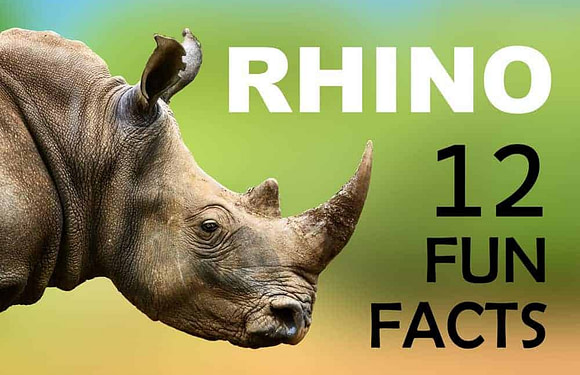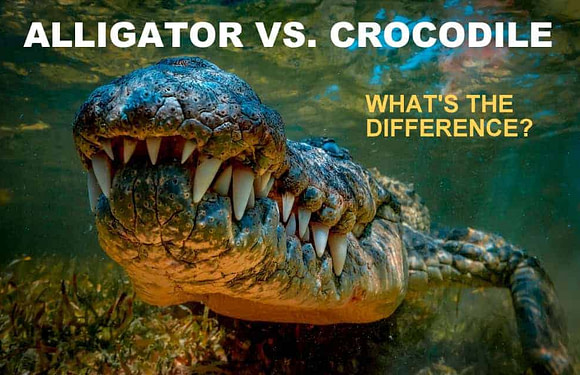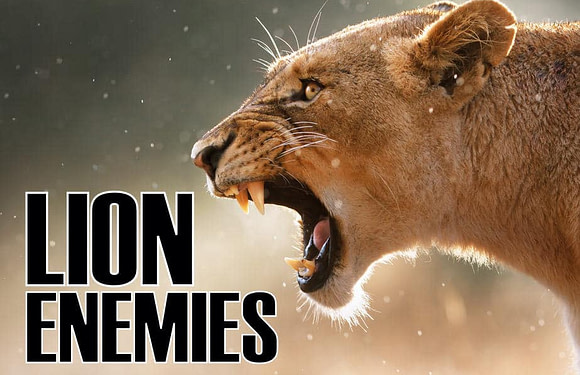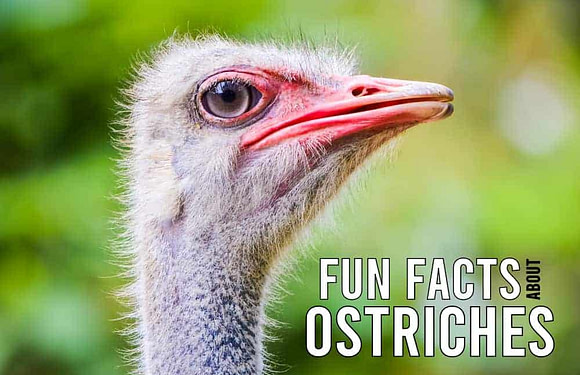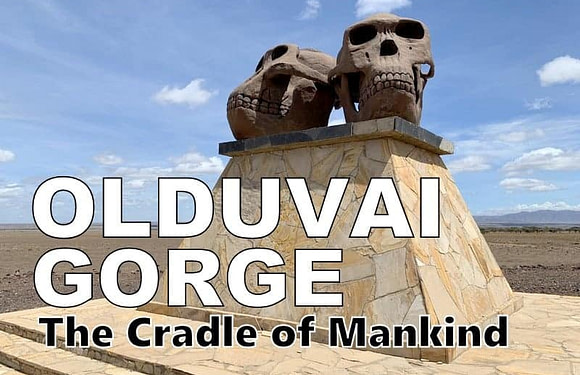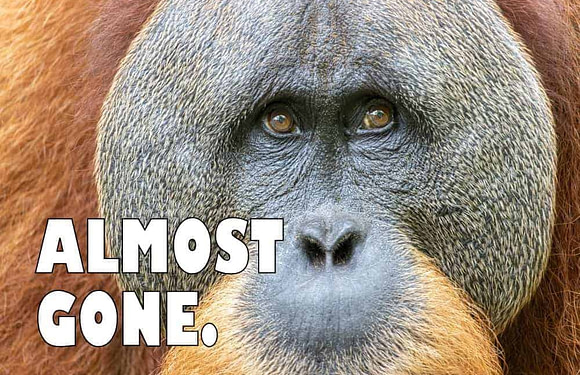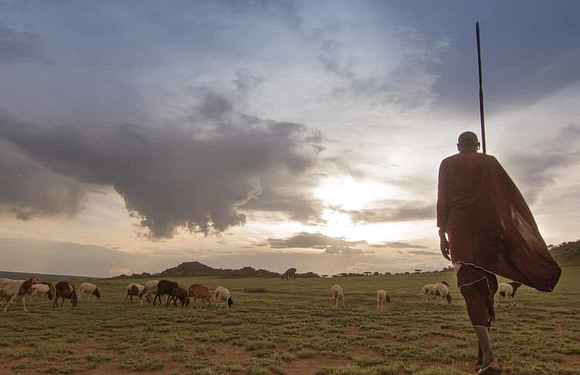
A safari is a bucket list dream for many. Disney’s popular attraction, Kilimanjaro Safari, simulates an African safari. But, how does it compare to a real safari?
This article compares the these two experiences.
What is Disney’s Kilimanjaro Safari?
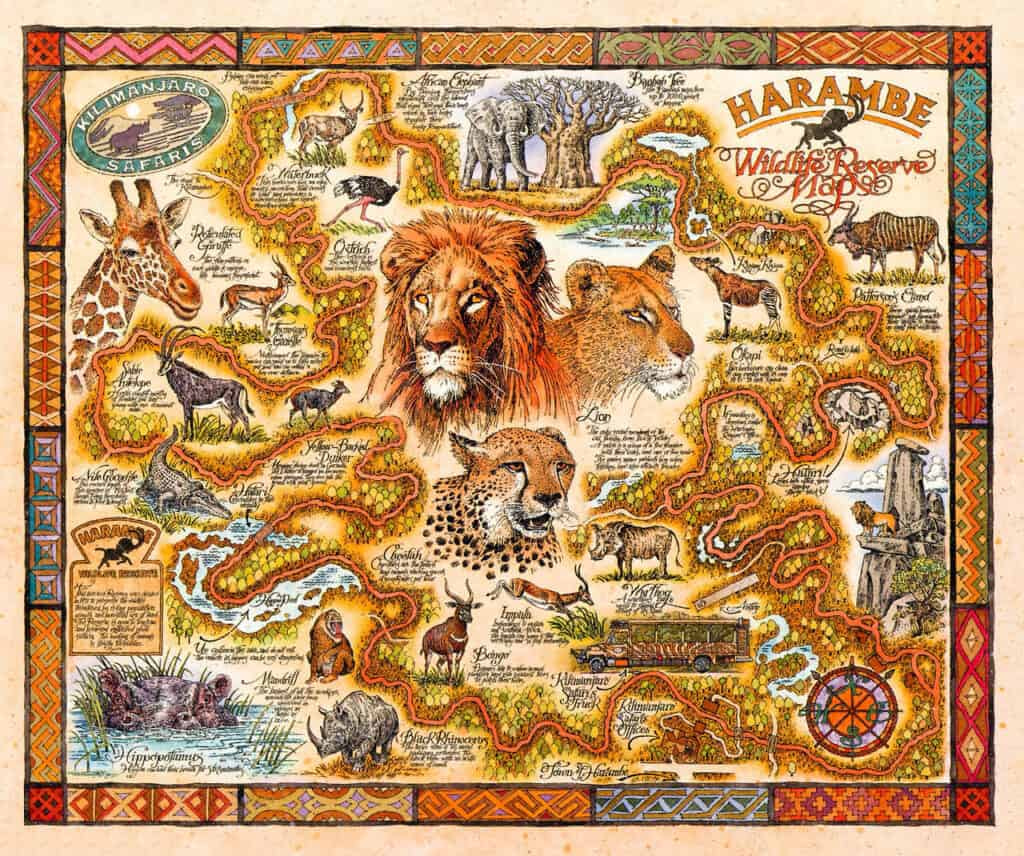
Disney’s Kilimanjaro Safari houses over 30 species on 110 acres of land, making up 20% of the entire Animal Kingdom park. Visitors ride an open air vehicle that seats 35 people through the exhibit, dubbed the Harambe Wildlife Reserve. A safari guide drives the vehicle and provides information about the animals along the way. The ride duration is 18 minutes.
Here are the animals found on Kilimanjaro Safaris.
- Addax
- African bush elephant
- African wild dog
- Ankole cattle
- Black crowned crane
- Black rhinoceros
- Blue wildebeest
- Bongo
- Bontebok
- Cheetah
- Common eland
- Common ostrich
- Common warthog
- Greater flamingo
- Greater kudu
- Hartmann’s mountain zebra
- Hippopotamus
- Lion
- Mandrill
- Masai giraffe
- Nigerian dwarf goat
- Nile crocodile
- Nyala
- Okapi
- Pink-backed pelican
- Sable antelope
- Saddle-billed stork
- Scimitar oryx
- Spotted hyena
- Springbok
- Waterbuck
- White rhinoceros
Safari Environment
Disney’s Kilimanjaro Safari is set within the confines of a theme park. It is a well-crafted simulation of a safari, carefully designed to mimic African landscapes. While it offers a glimpse of the African savannah, it lacks the unpredictability and vastness of the actual wilderness at 110 acres.
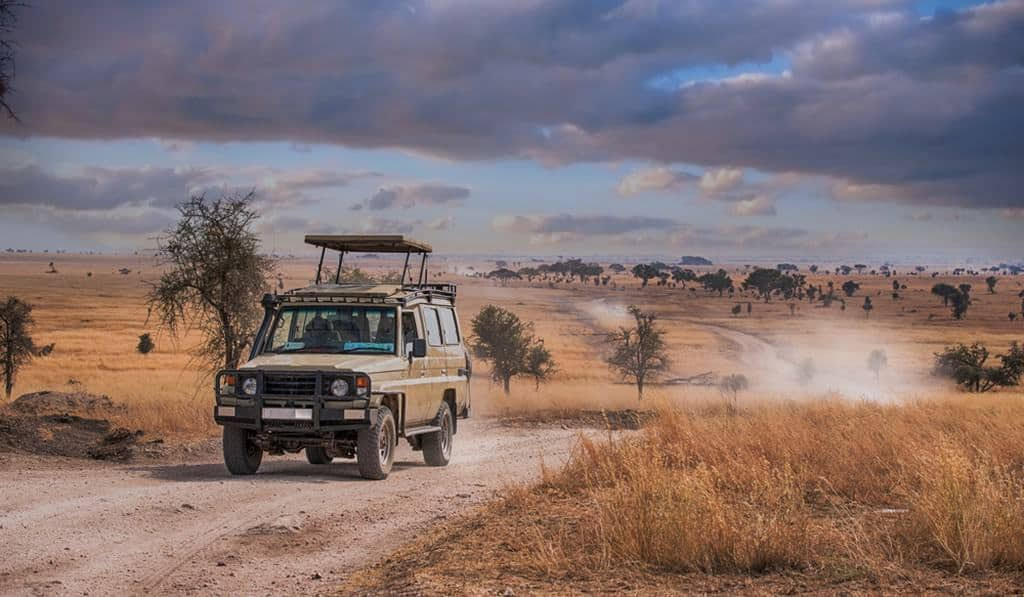
A real safari in Africa takes place in large natural reserves or national parks. These safaris offer an authentic experience, placing visitors in the true essence of the wilderness in a sprawling environment. For example, the world’s most famous safari park, the Serengeti, measures close to 4 million acres. It is home to over 2 million ungulates (hoofed animals), 4,000 lions, 1,000 leopards, 550 cheetahs, and 500 bird species.
Safari Vehicles
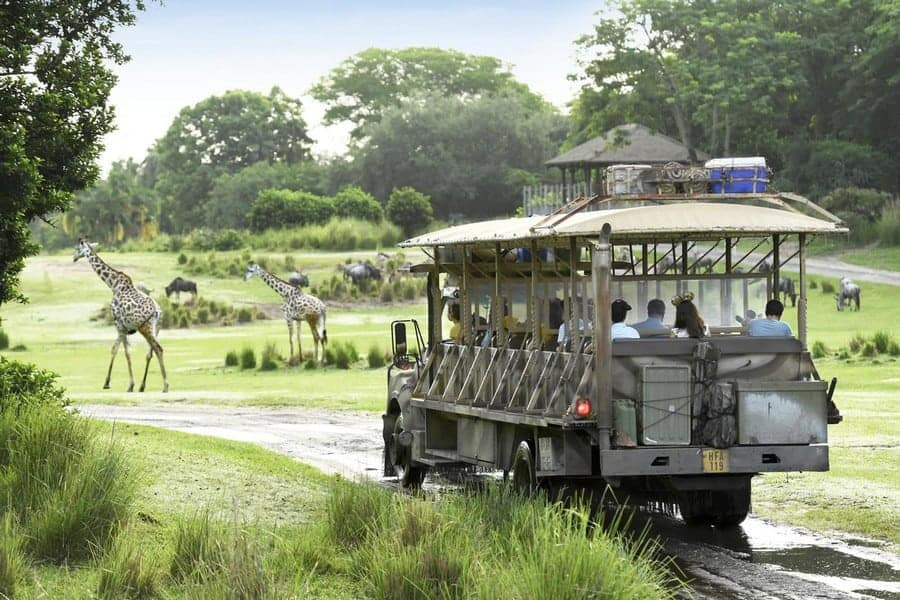
Disney’s Kilimanjaro Safari takes guests through the attraction on custom built GMC and Ford trucks. These vehicles are actually remodeled GMC trucks that have been modified to run on propane. They reportedly cost just over $100,000 per truck to purchase and modify and are driven without a track for the safety of the animals so Cast Members always have the ability to stop quickly if needed.
In Tanzanian safaris, custom Land Cruisers are typically used.
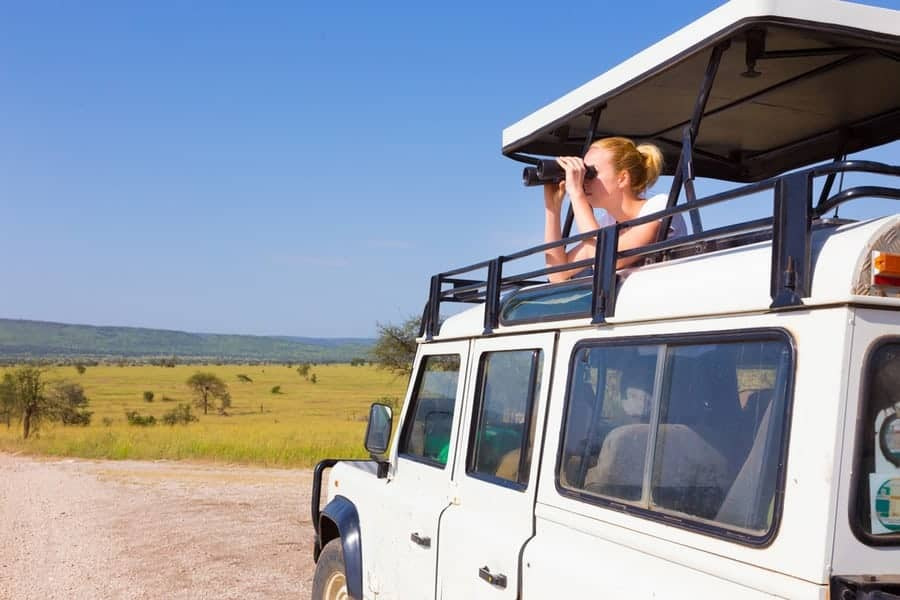
These vehicles are modified to enhance the safari experience. Key customizations include: open or pop-up roofs for unobstructed wildlife viewing, reinforced suspension systems to handle rough terrain, and enhanced 4WD capabilities for navigating challenging landscapes.
They often have communication systems for park updates, and some are fitted with fridges for refreshments. Seating is designed for comfort and optimal viewing, often with adjustments for photography. These customizations ensure safety, comfort, and an immersive safari experience.
Wildlife Encounters
Kilimanjaro Safari features a variety of animals commonly found in Africa, such as lions, elephants, and giraffes. These animals are well cared for in a controlled environment that ensures regular sightings for visitors. As expected, there are barriers between animals so there is no predation that occurs at the park. However, these barriers are designed to blend in well with the habitat so the separation is not so obvious.
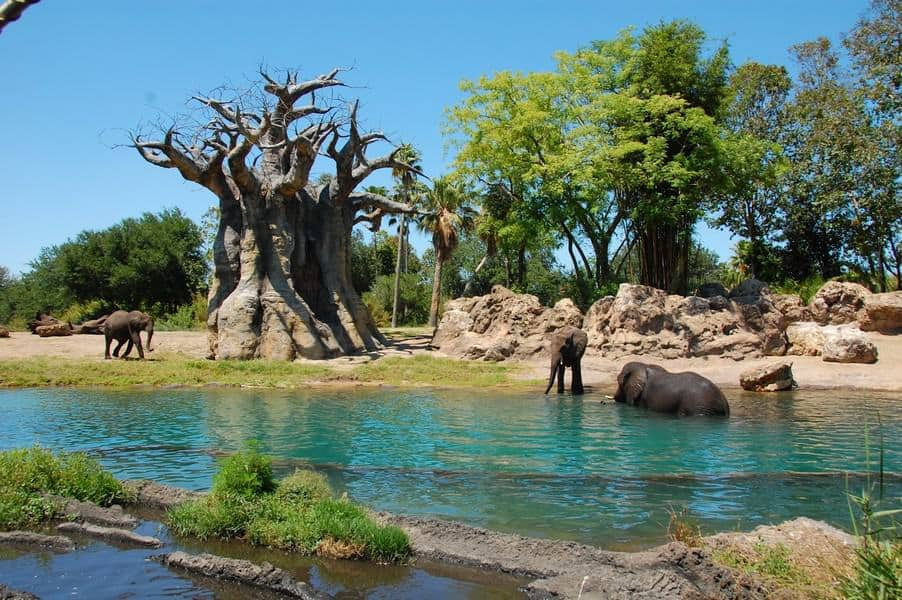
Given the limitations, the interactions between visitors and animals are not natural, given the managed setting. Finally, Disney’s ride lasts only 18 minutes, which severely restricts the opportunities for animal viewing.
On the other hand, real safaris typically span for several days or even weeks, visiting different areas and parks. The wildlife encounters are unpredictable and spontaneous. Animals are in their natural habitat, behaving as they would in the wild. This unpredictability is part of the allure. Sightings can range from thrilling hunts and magical births to grazing herbivores and sleeping beasts.
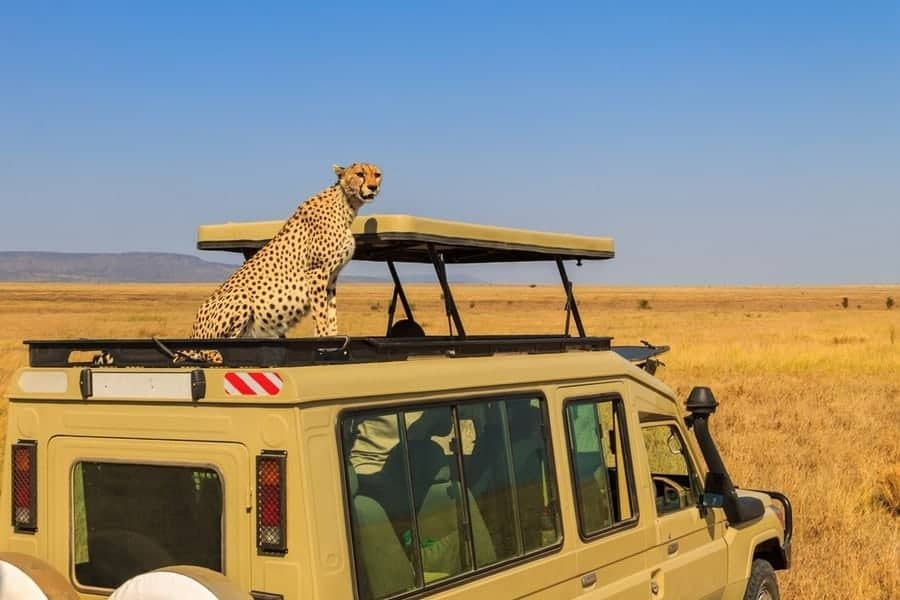
Educational and Conservation Aspects
Disney’s attraction places a strong emphasis on education and conservation. Guides provide information about the animals and their habitats, and the experience raises awareness about conservation issues. However, it’s tailored more towards entertainment and the speeches are rehearsed.
In Africa, safari guides also provide information about the animals and their habitats, but it is usually sparked by what the safari goers are observing or experiencing. Additionally, safaris often contribute directly to conservation efforts and the local economy. Park fees directly finance wildlife conservation, including funding for ani-poaching measures, grass and water management, and infrastructure.
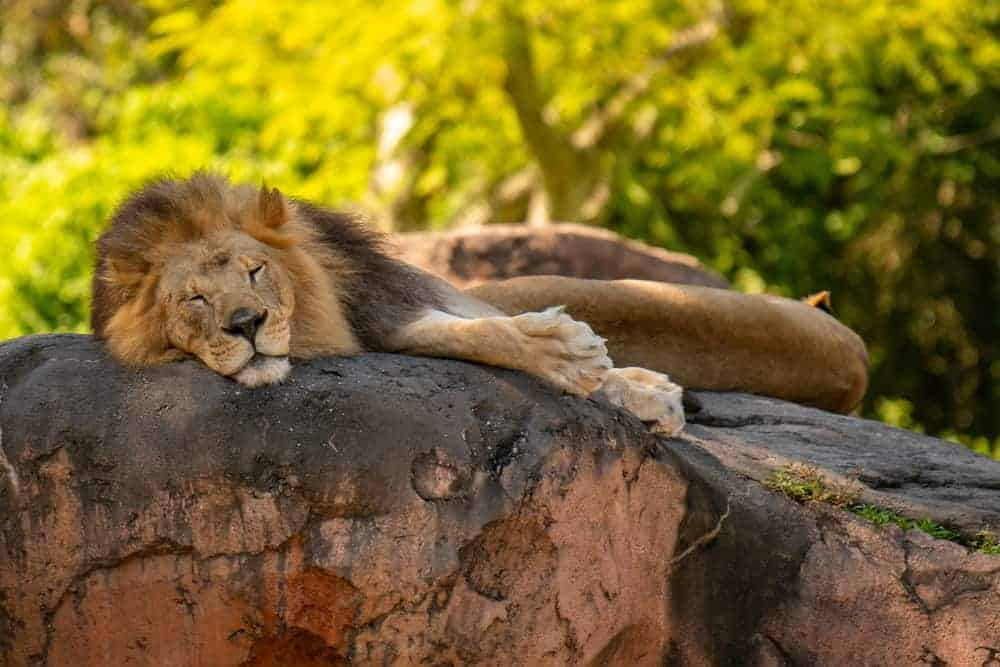
Cultural Experience
While Disney strives to create an authentic experience, it cannot replicate the cultural diversity of being in a foreign country like Africa. The cultural aspects presented are a general, perhaps stereotypical, representation and lack the depth found in real-life interactions.
An African safari offers not just wildlife viewing but also genuine cultural immersion. Visitors have opportunities to interact with local communities, learn about indigenous cultures, and experience the diverse traditions of the African continent. This is often the most rewarding part of travel.
Conclusion

Disney’s Kilimanjaro Safari is an entertaining and educational experience, but it serves more as an introduction to an African safari rather than a substitute for it. The unpredictability of wildlife, the vastness of natural landscapes, and the rich cultural heritage of the continent simply cannot be manufactured. For those seeking an authentic connection with the wild and an in-depth understanding of Africa’s natural and cultural beauty, nothing compares to a real safari.
Want to go on a Tanzanian safari? Take a look at our itineraries.



















































